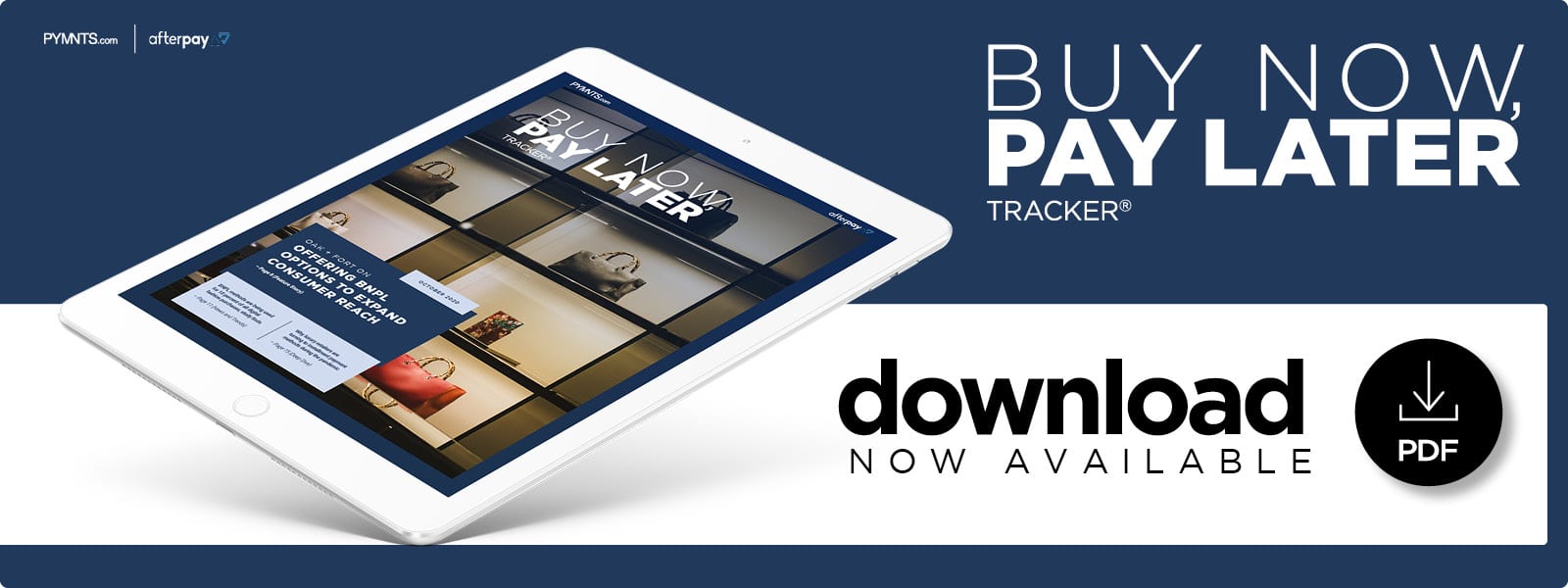Deep Dive: How BNPL Options Can Help Luxury Retailers Capture Sales

Consumers are continuing to shift toward digital channels during the pandemic, presenting opportunities for some merchants and difficulties for others. Many retailers have had to reconfigure their operations, especially those that relied mostly on brick-and-mortar shoppers willing to spend money on nonessential, big-ticket items. High-end retail, in particular, is facing some of the biggest challenges, Nick Molnar, co-founder and U.S. CEO of Australian installment payments platform Afterpay, told PYMNTS during a recent interview. These retailers have traditionally specialized in engaging with consumers at boutiques or high-end department stores, and many are now scrambling to adjust their business models to suit consumers’ growing preference for eCommerce.
Luxury merchants have several advantages even as they face this changing retail landscape, however. Molnar explained that many of these merchants have pivoted to capture sales that would have gone toward travel and hospitality purchases, for example, and the fashion industry is projected to generate $713 billion in annual worldwide eCommerce revenue by 2022. These retailers can also leverage various payment methods to meet the needs of consumers making more of their purchases online.
This month’s Deep Dive explores how buy now pay later (BNPL) payment plans can help retailers expand their customer bases for digital, direct-to-customer luxury sales as well as boost their demographic reach by appealing to Gen Z and millennial consumers.
Bringing Your Younger Consumers To The Luxury Retail Space
Consumers have continued to indulge in occasional luxury or “statement piece” purchases since the pandemic’s onset, but some shifts have resulted from consumers’ digital migrations. Molnar explained that some customers — especially younger ones — have historically been intimidated by the prospect of entering brick-and-mortar luxury brand stores, but eCommerce can eliminate this barrier.
Staying in touch with younger consumers is a top priority for luxury retailers, many of which are working to appeal to these generations by offering them payment methods that align with their purchasing habits. Gen Z and millennial consumers are focusing on sustainable and ethical fashion and retail more than ever, but these purchases can be seen as too expensive in a market flooded with cheaper alternatives. Some luxury retailers are combating this by turning to installment payment plans, which enable merchants to more flexibly accommodate consumers’ purchases.
Utilizing BNPL methods to reach younger generations and build brand loyalty can also be crucial to luxury retailers’ success down the line, as these consumers will continue to have a greater stake in the market. One November 2019 study found that millennials accounted for 35 percent of purchases in the luxury goods market, for example, and this share will likely only grow.
BNPL Options Hold Promise For Rental, Resale Fashion
Installment payment plans are also making waves in the rental and resale fashion world. Australian peer-to-peer (P2P) fashion rental platform Designerex recently launched a BNPL account that more than 30 percent of its customers adopted, for example, and the company said the installment plans have been central to its expansion efforts in Australia and the U.S.
Designerex Co-founders Costa Koulis and Kirsten Kore began offering BNPL methods such as Afterpay to provide customers with easier access to expensive luxury brands. A customer can rent a dress that sells for $1,000 for just $150, for example, and utilizing BNPL plans could split that cost into four installments of around $37 that can be paid over time. Kore explained that providing flexible payment options has worked well and helped the firm reach younger consumers, as many millennial and Gen Z consumers are eschewing credit cards to avoid the debts and fees that accompany them.
It is unclear to what extent flexible payment plans will shape the luxury retail world, but consumers are likely to continue seeking convenient payment options that can help them stretch their dollars — and even spring for luxury purchases — during the pandemic. Retailers that make it more convenient for consumers to purchase such items with flexible payment methods are on track to see success during the health crisis and after it passes.

